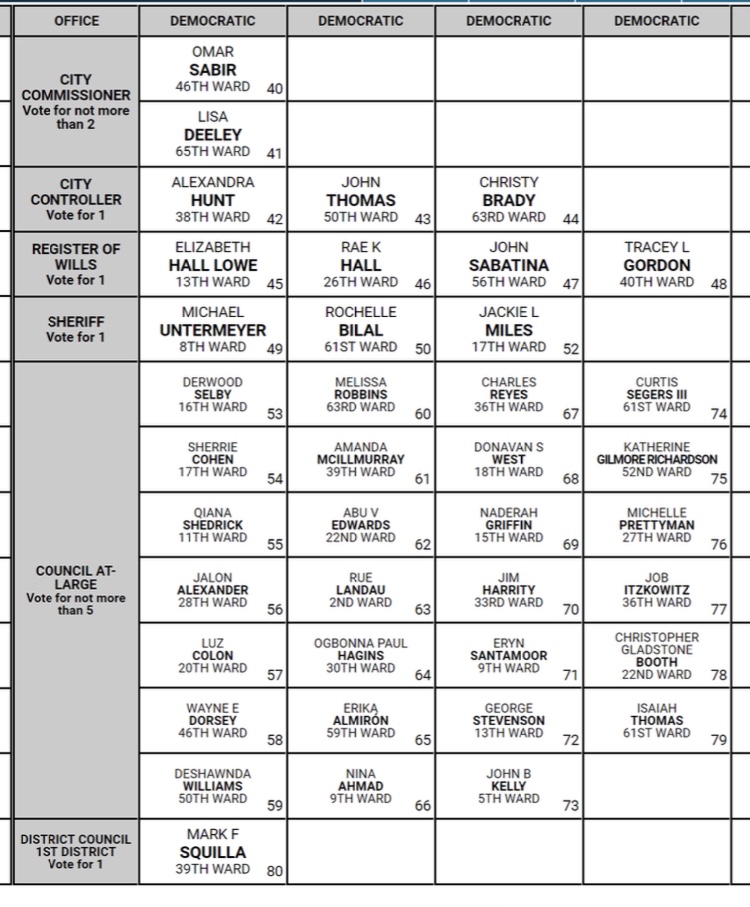Not much is new — except for combining staggered elections, via the single transferable vote (STV), with a mayor-council system.
An opponent of the proposed Portland (OR) charter writes:
This combination of multi-member districts and ranked choice voting, which has never been tried in any other large U.S. city, is being sold on the idea that it would promote racial, ethnic and gender diversity. But I for one am not buying. Before you decide that Portland, of all places, needs such a convoluted process to avoid electing only white males, take a look at the makeup of our current city council.
The key features of the proposed charter are: elections via STV in multiple multi-seat districts, council expansion from 5 to 12 seats, staggered elections (two districts at a time), nonpartisan elections, and a separately elected mayor.
STV in a “large U.S. city” clearly is not new. Some large cities have been New York (1937-47), Cincinnati (1925-57), and Worcester (MA, 1949-61). Those date ranges are from first election to repeal. Cincinnati was the 18th largest city in the U.S. at the time it repealed STV. Worcester was (and remains) the second-largest city in New England. All three are key cases from my book. There were other large cities.
STV used across multiple multi-seat districts in a large U.S. city also is not new. Cleveland (1923-31), West Hartford (1921-3), and New York City each had multiple multi-seat districts. West Hartford was not that large, but the other two certainly were. (In modern times, Eastpointe [MI] and Albany [CA] have adopted STV with multiple multi-seat districts.)
What about STV for a large assembly? Most cases had councils of 7 or 9 seats. New York City’s fluctuated with voter turnout, owing to use of a fixed quota (75,000 valid first-choice votes), and ranged from 17 (1943) to 26 seats (1937). Cleveland’s assembly had 25 members.
What about STV with staggered elections? Boulder (CO, 1917-47) had these — 3 of 9 seats at a time. (In modern times, Eastpointe [MI] uses STV with staggered elections.)
What about STV with a separately elected mayor? See New York City. All other cases had the council-manager form of government.
So, New York City comes closest to having what Portland might — minus NYC’s Board of Estimate, party endorsements on ballots, and fixed quota — and minus Portland’s staggered elections.
Also interesting is Portland’s current charter, which originated (1913) in an earlier movement for ‘majority-preferential’ elections. Pro- and anti-party reformers alike decried this reform package — including when it came with runoffs instead — which was based on numbered-post elections:
“[T]he fatal defect in all these systems is that they do not provide for minority representation,” wrote one reformer. “All of them eliminate all minorities from the governing body, either council or commission. This defect the proportional representation system will remedy.”
The above critique led directly to the “representative council” plan of local government, a.k.a. council-manager with STV elections. (Note: “all these systems” above also referred to council-manager government without proportional representation.)
So, from the perspective of replacing numbered-post elections with STV, Portland is doing what some old reformers advised. (Eastpointe [MI] did the same when it adopted STV in 2019.)
If you are interested in the Portland charter fight, Jay Lee and Maja Harris (blog) are excellent to follow.
